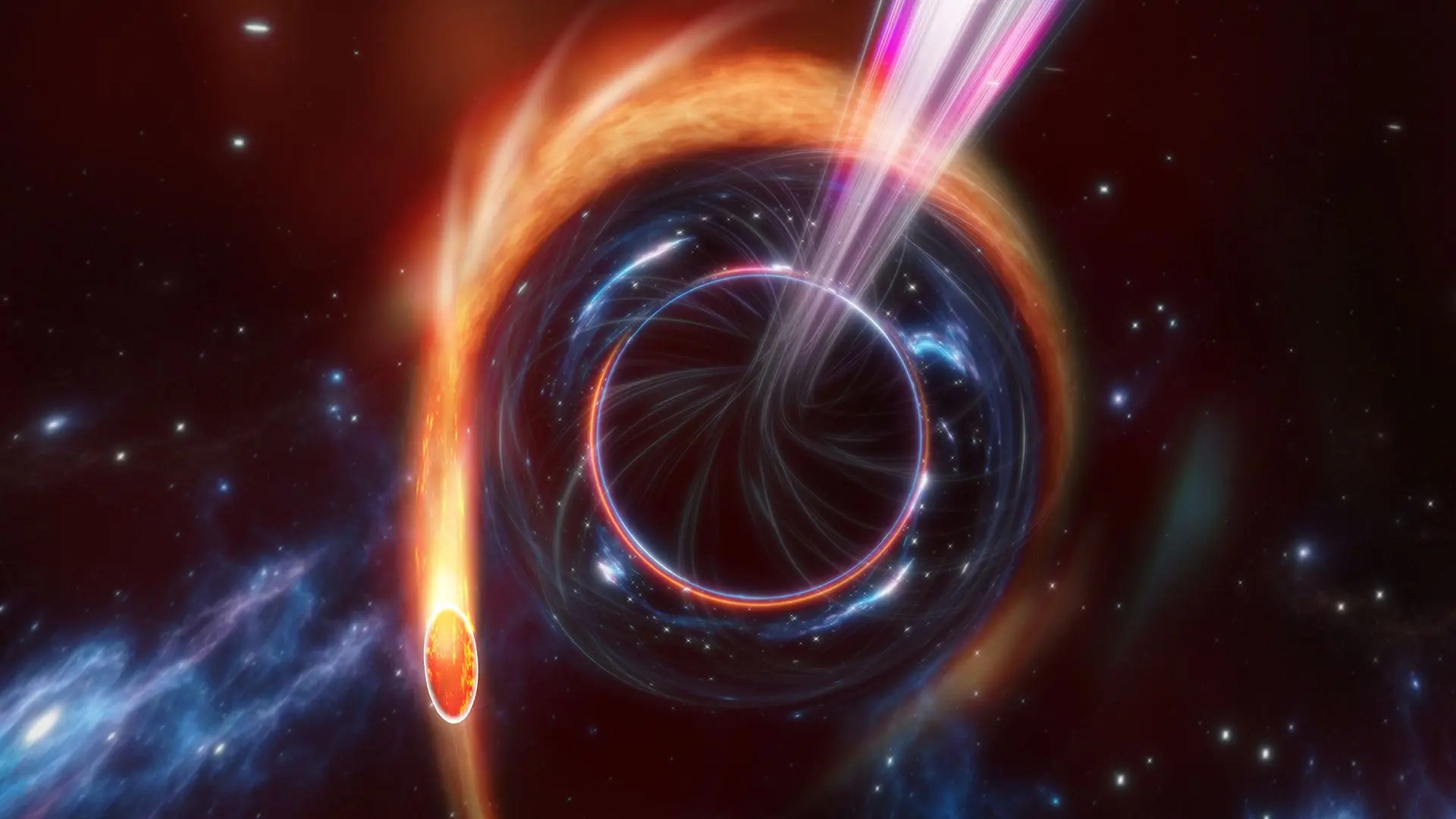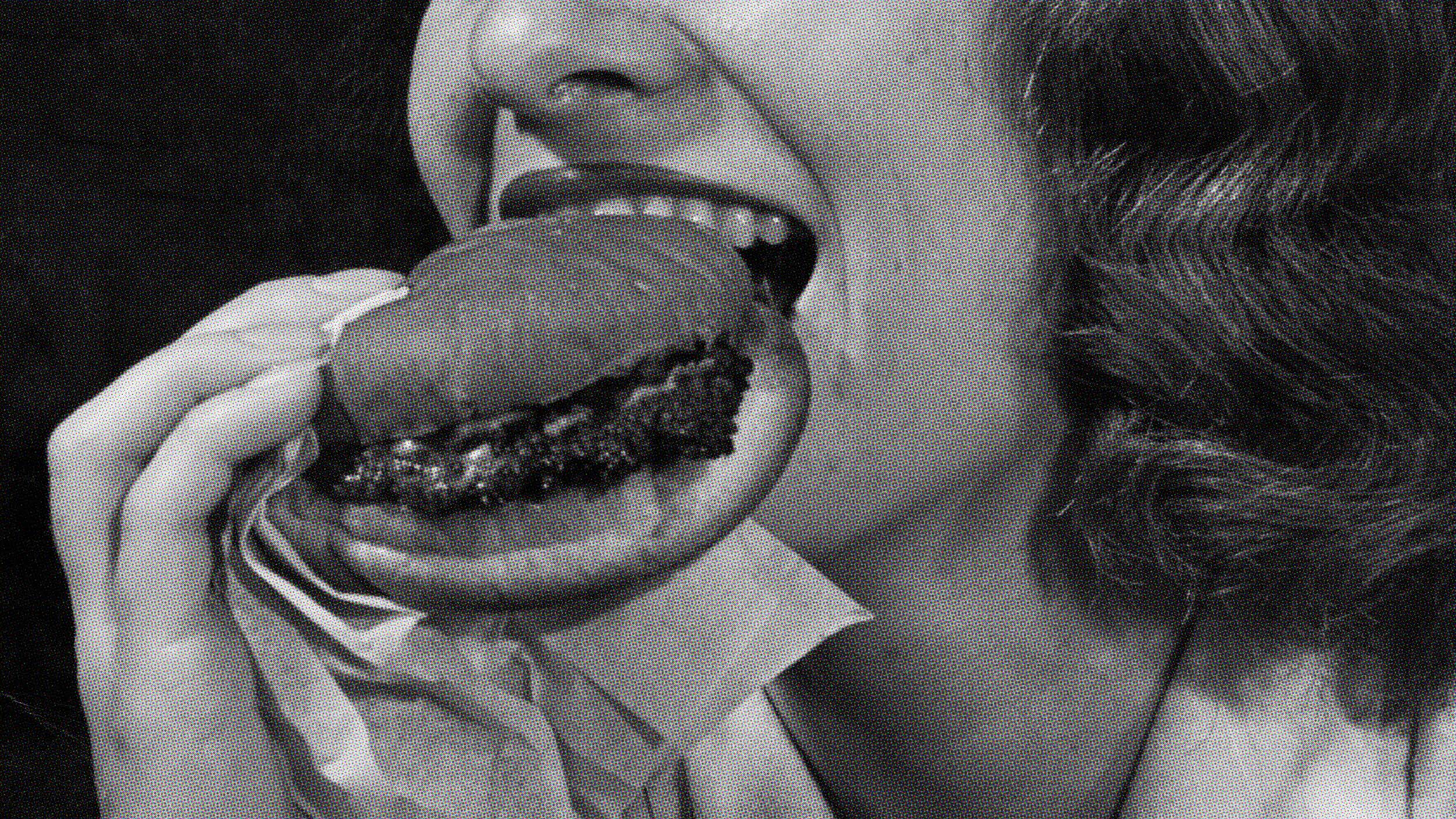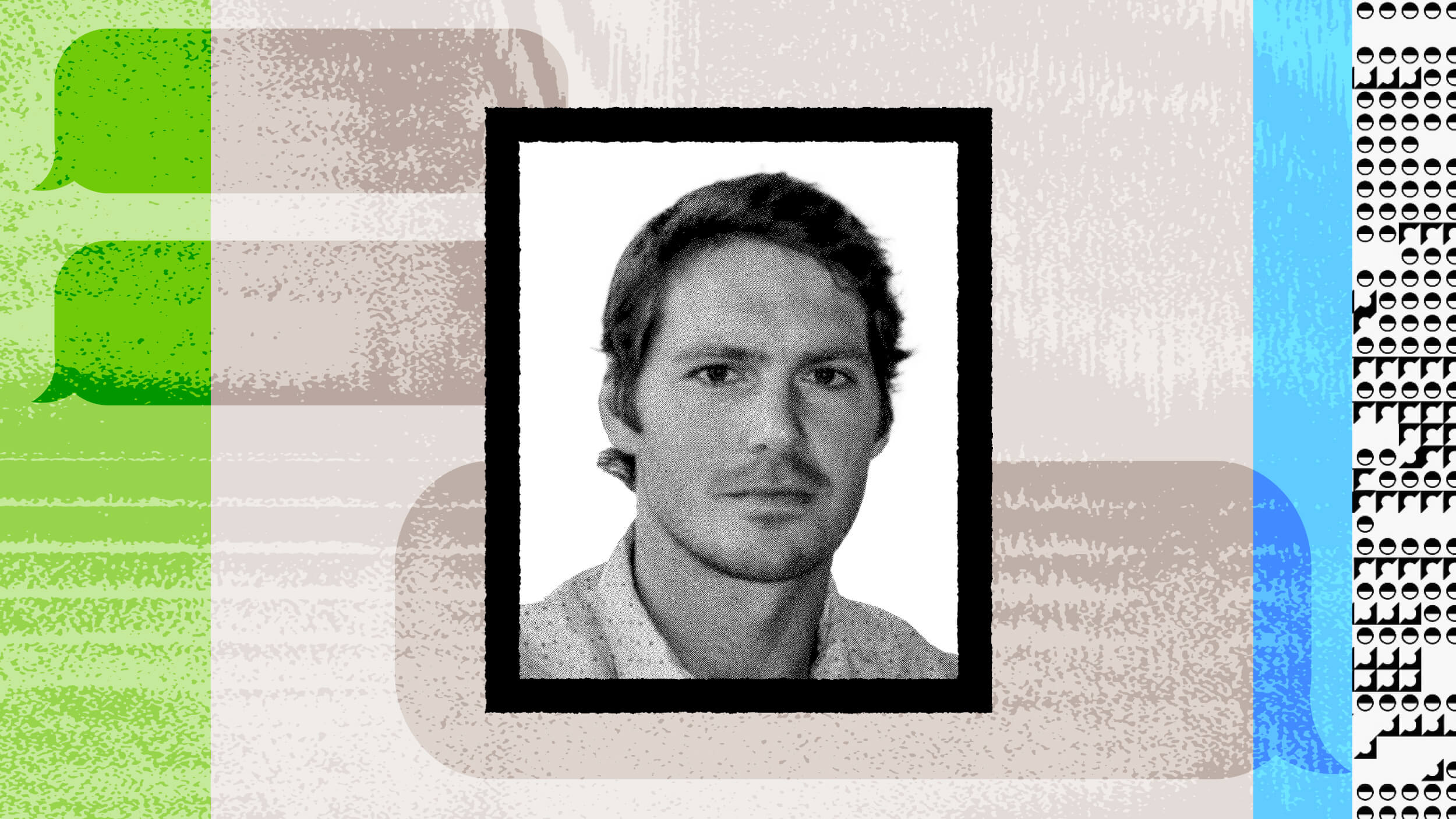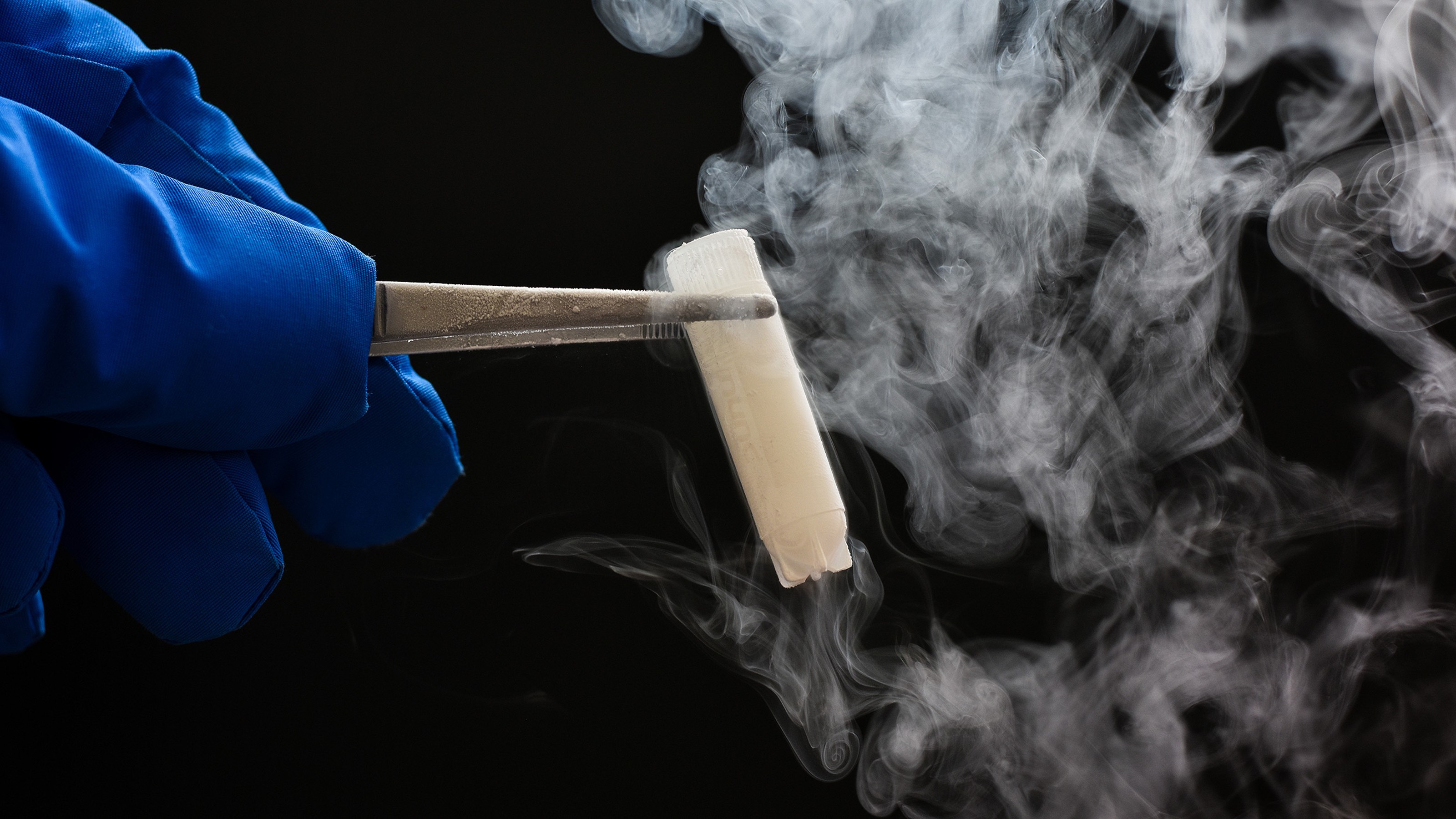Before humans can spend long periods of time in space, scientists need to find a way to solve the many health problems that astronauts face, including bone and muscle loss.
Question: Are you still involved with NASA at all?
Leroy Chiao: Yes, the National Space Biomedical Research Institute was created about, let's see, I think it was about 12 years ago by NASA, and it was looking for a way to funnel research dollars through this institute to go out and collaborate with universities and other research institutes in a way that NASA would have more difficulty doing because NASA is a government agency. And so, it was created and run by the Baylor of College of Medicine and I was hired on, probably about, let's see, I guess it's been about three years. And I am the Chairman of the User Panel, and what we are, we're a panel composed of current and former astronauts as well as current and former flight surgeons. And what we do is we advise the Chairman, we're an Advisory Panel, and we advise the chairman on the research projects that we think are operationally relevant. That is, what do we need to learn about and what do we need to develop a protocol for to deal with a medical problem in space?
So, as an example, one of the biggest concerns about going out beyond lower Earth orbit is the radiation. We find that exercise seems to counteract a lot of the negative effects of space flight, like bone loss and muscle atrophy and cardiovascular systems issues, but really, the radiation is something you worry about. If you start going on a trip to Mars, you're going to get away from the Van Allen Belts, you're going to be susceptible to solar flares, and what do you do. So, that's one of our big areas of concerns and so we see us advising the Director for the NSBRI, but we should fund more research on developing better detectors, or pharmaceutical counter measures maybe, to help protect astronauts from radiation, or even looking at shielding. What kind of lightweight shielding would be effective to create a safe haven in a spacecraft going to Mars.
Other areas, as I mentioned, were bone loss and muscle loss and cardiovascular atrophy. Those are always significant areas that we are worried about. You know, exercise, as I said, seems to counteract a lot of that, but right now, we exercise two hours a day on the station, which is a huge hit out of your day. I mean, it's great for staying in shape, but you know, it cuts into the productivity of the crew and if you look at how expensive it is to get a crew into space, if we can keep them healthy and have them exercise, but spend less time doing it, we can get more done.
Question: What sort of exercise regime do astronauts perform in space?
Leroy Chiao: Well, it's very important, first of all if you think about it, especially in a long flight like a six month space flight and on the ISS. If you didn't exercise and used the analogy on earth, it would be like laying in bed. So, just imagine laying in bed for several months, and even just trying to get up and walk, you probably wouldn't be able to. But if you got up and you exercised two hours a day, you'd probably be okay, and that's the same in space.
The exercises we do, we do cardiovascular and resistance exercises, and so we have a treadmill, but of course, we have harnesses and rubber Bungies to hold us down to the track so that we don't float away. We have exercise bicycles and we also have a resistive exercise device that uses loaded cords that we can vary the resistance on and you can attach a bar or a harness to these cords and do weight lifting type exercises. So, that helps keep your bones and your muscles in shape.
Question: What has been done to address bone loss from space travel?
Leroy Chiao: Well, one of the ultrasound experiments that we did onboard was very interesting. We were doing something called telemedicine, where we were using the ultrasound. I'm not an M.D., and neither was my crew mate onboard, but we were able to, with very little training, show that we could produce diagnostic quality images of bones, eyes, internal organs, and things like that. And so, one interesting application of this ultrasound is the possibility that you could possibly use it to measure critical bone areas, areas where we know historically have seen a lot of loss, and you could actually track during a long space mission do measurements and track if you're losing bone in these areas. So, that's something that's very exciting because on Earth, when they check you for bone loss, you get in this big machine, I mean it's huge. It's the size of a room and it's got a platform with an x-ray that scans your whole body and in critical areas and it takes a while and it just wouldn't be practical to have a machine like that in space. So, if you could show that using a portable diagnostic quality ultrasound, which basically is the size of a laptop with some extensions to it, if you could actually measure reliably, bone loss with that, that would be a great tool to have.
Question: What about blood tests in space?
Leroy Chiao: Well, there's some very exciting work in that area and one of the researches is funded by NSBRI, is working on exactly that. And that has real application because when you're monitoring an astronaut, and we're not always monitored, but during certain times when we're having a physical exam, you know, we have to take blood samples, or we have to give other samples, and it's not easy to do, especially in zero gravity. So, if you can imagine trying to squeeze blood out of a finger prick and then getting it into a capillary tube and getting that into a machine to be analyzed. It all can be done, and we do it, but it's – then you might have some droplets of blood floating around. So, if you can find a non-invasive way to do it that would certainly make life easier for us onboard. Also, when you're in a spacesuit, we do some very rudimentary monitoring right now in both the Russian and U.S. spacesuits. We load up a simple electrocardiogram and the flight surgeons can look at your heartbeat while you are doing the space walk. They can also – well, they don't have it right now, but they can also theoretically look at maybe with this device the oxygenation of your blood and other parameters just to determine the health of the astronaut who is doing the space walk.
So, this kind of technology is very exciting and has real application in space. And the neat thing about a lot of the NSBRI projects, or that are funded by NSBRI, is they also have application for patients on the ground. The ultrasound that I mentioned has application not only in space for a long mission or for a mission to the Moon or Mars, but also in remote areas on the Earth. Not even just – I’m not even talking about expeditions like to the Antarctic, but just a remote area, a small town somewhere. The local doctor is not going to know everything, and so if that person can link in with a diagnostic ultrasound to the hospital in New York City through the internet, then they can do a very quick diagnosis of something that's wrong with someone that's in this remote area.
Question: How is fatigue an issue in space?
Leroy Chiao: Well if you ask the astronauts, will tell you there is no issue, you know. But of course, fatigue is a problem. I mean, it's as big a problem in outer space as it is on the ground and you could make an argument that it is even more critical in space because a mistake up there could be literally, life threatening, or could cause big problems in the mission. So, fatigue is an issue that we are concerned about. We are definitely scheduled for a full eight hours of sleep every night, but just like on Earth, you're often busy and you don't – you usually don't use all that eight hours to sleep, you're usually staying up and catching up on things, or doing something you want to do, looking at your photographs, or watching a movie, or something.
And so, over time, over a long mission, fatigue can really build up and that's something that we are trained as astronauts to be self-aware of. We have to kind of monitor it ourselves, but we also have tools and some of which are also funded by NSBRI. We have self-assessment tools, computer-based tools to see how we are performing mentally and there's some also very interesting technology and work that's being funded by NRSBI to look at facial recognition to look at your patterns to see if you're experiencing stress or fatigue.
I find that interesting and I have to tell you, as an astronaut, it makes me a little bit concerned because as an operator I can see getting up there and thinking, well now I've got to control my facial muscles to make sure they don't think I'm stressed out. But really, it's a kind of thing that I think will gain acceptance with gradually. But it probably has more to immediate application in things like homeland security, and looking at facial recognition of people going through airports and things like that to see who's under stress.
Recorded on December 16, 2009





